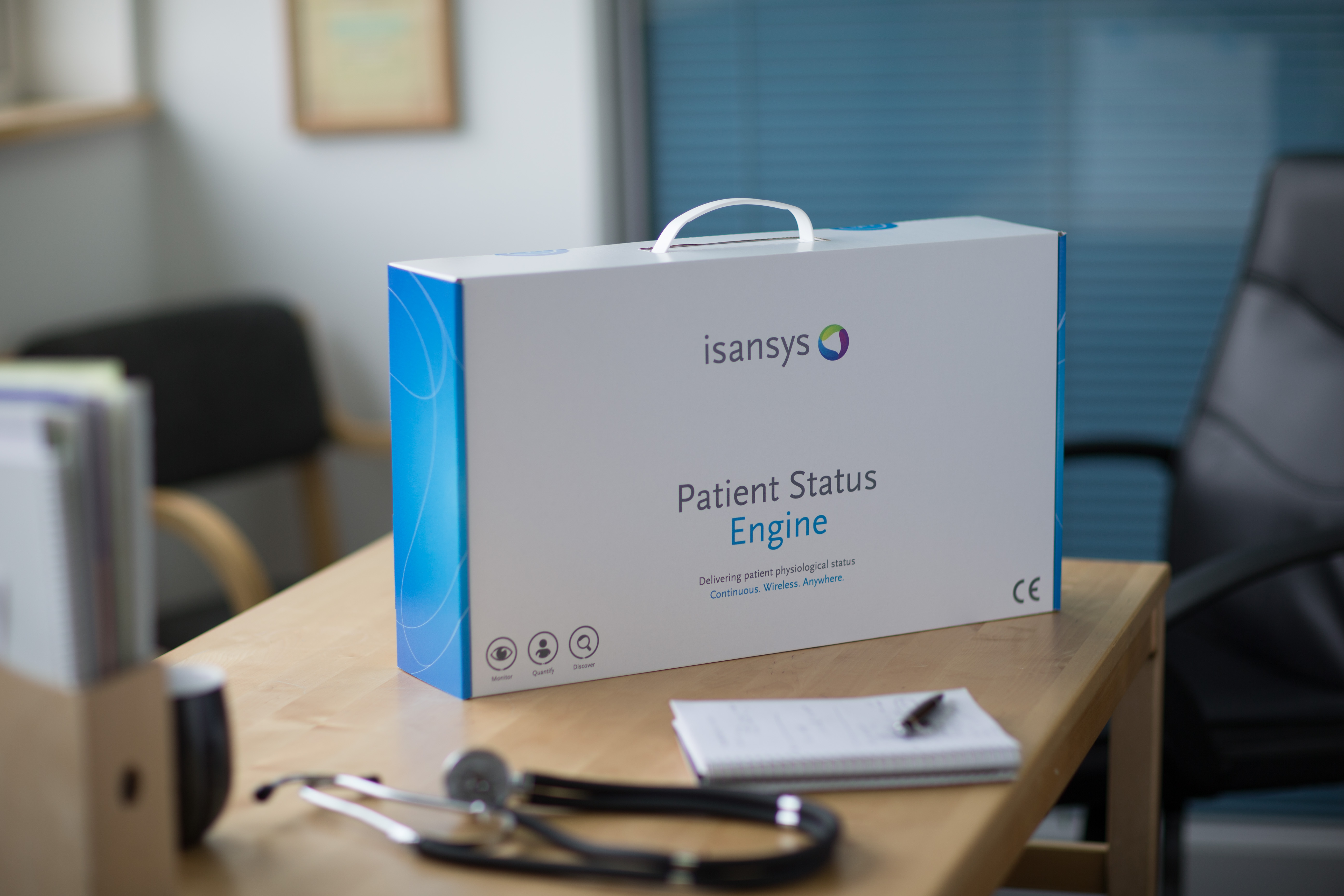Combining Real-time Patient Diagnostics with Remote Analysis and Monitoring
Results from a pilot study at The Royal Free Hospital involving a remote patient monitoring device called Lifetouch at the Liver Unit have been released. The Lifetouch device is described as 'a new-generation wireless vital signs ‘smart bandage’ cardiac monitor'.
The device was able to assess heart rate variability (HRV) remotely on patients admitted to hospital suffering with an acute deterioration of advanced cirrhosis. Doctors from The Institute for Liver and Digestive Health (University College London) then correlated the data with the severity of the disease and inflammation.
The study reports that reduced HRV monitored remotely with the device, could identify patients with increased inflammation and more advanced disease, and those likely to present with acute decompensation of the liver.
The study was carried out by Mr Devnandan Chatterjee, Dr Raj Mookerjee and Professor Rajiv Jalan and highlighted that hospital readmission from inter-current illness is common in advanced cirrhosis. It concluded that community monitoring of these patients could facilitate early problem recognition and subsequent early intervention.
Heart Rate Variability (HRV) and Liver Prognosis
Dr Mookerjee said: “HRV, deemed a gold standard tool to characterise autonomic dysfunction, is widely reported in cirrhosis and correlates with prognosis. Currently, early warning indicators of change in liver clinical status are lacking, and intervention is only enacted when the patient presents to hospital with advanced disease, and inevitably poor outcome. This study has shown that continuous monitoring of patients with simple information-based technology could facilitate early problem recognition and intervention". Dr Mookerjee went on to say, “Continuous remote monitoring of patients with advanced liver disease in the community could help reduce the number of hospital readmissions for these patients and deaths from the disease.”
Extending Critical Care beyond the Hospital
It has been anticipated for some time that the combination of remote health diagnostic instrumentation with improved central medical software software systems will allow critical care to be extended and delivered beyond the hospital and into the community and home. However, to date there have been few working examples.
Vital Sign Data 
The Lifetouch device combines with a medical software called Patient Status Engine (PSE). Hospitals in London and Birmingham are now using the system to cost-effectively collect and analyse patient data to provide early warning notifications and to help improve patient safety. The PSE continuously measures the patient’s physiology to provide predictive and diagnostic indications. Utilising the device which includes wireless pulse oximeter, blood pressure monitor and a continuous clinical thermometer the patient’s condition is automatically uploaded.
In addition, health Apps may be included into the platform to run either on the real time data, the stored data or a combination of the two. The PSE comes pre-bundled with several apps, such as patient charting, early warning scores and real-time HRV plots.
Digitised Patients
The manufacturers say, "The PSE offers clinicians and researchers the ability to also deploy their own unique apps to aid clinical discovery, adverse event prevention and the generation of big data sets. In addition, the PSE has an API that presents the “digitised patient” on an interface that may be opened for straightforward integration into other hospital information systems, electronic health records, or digital health clouds."
The combined system therefore potentially allows remote analysis of any paramaters including heart rate, ECG, respiration rate, blood pressure, pulse oximetry, and temperature.
See also http://www.youtube.com/watch?v=MIQDwTdiNDY

